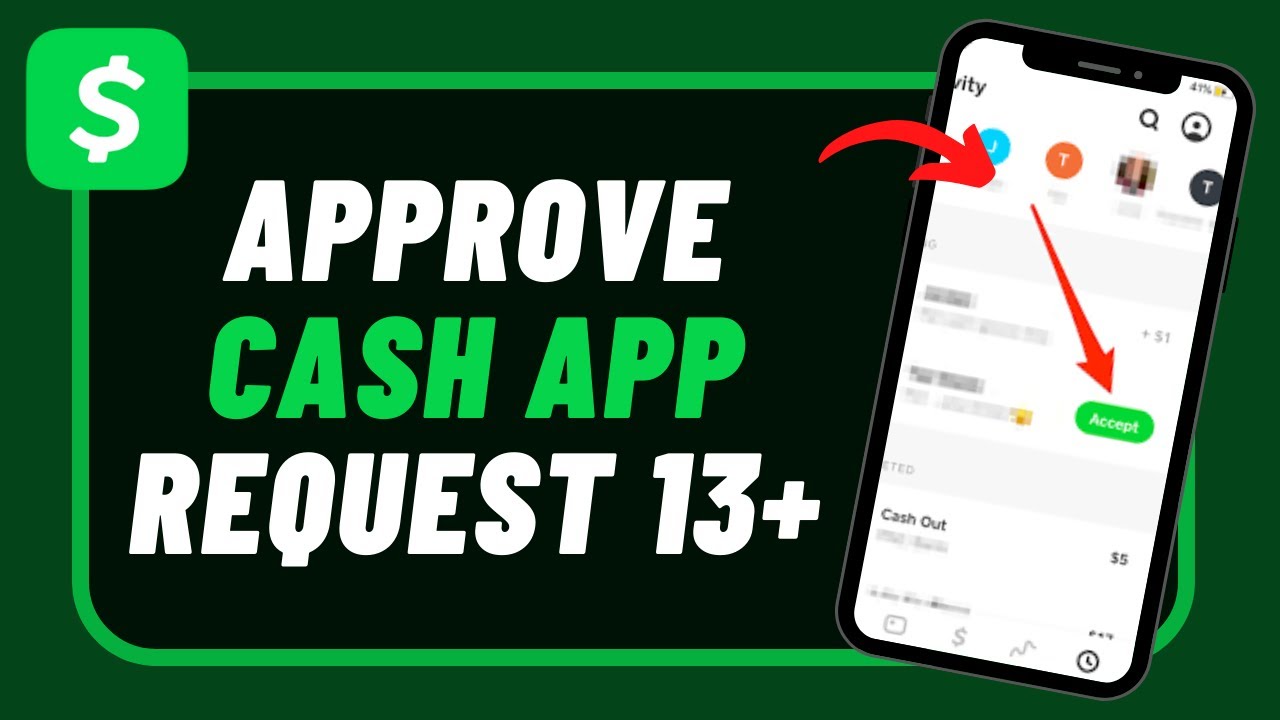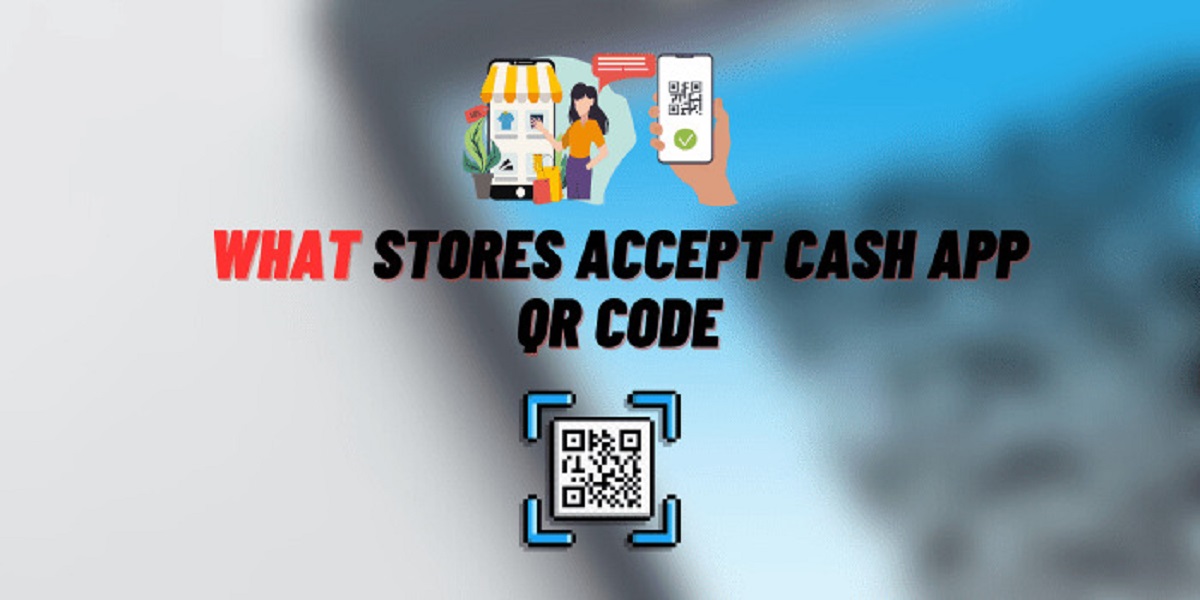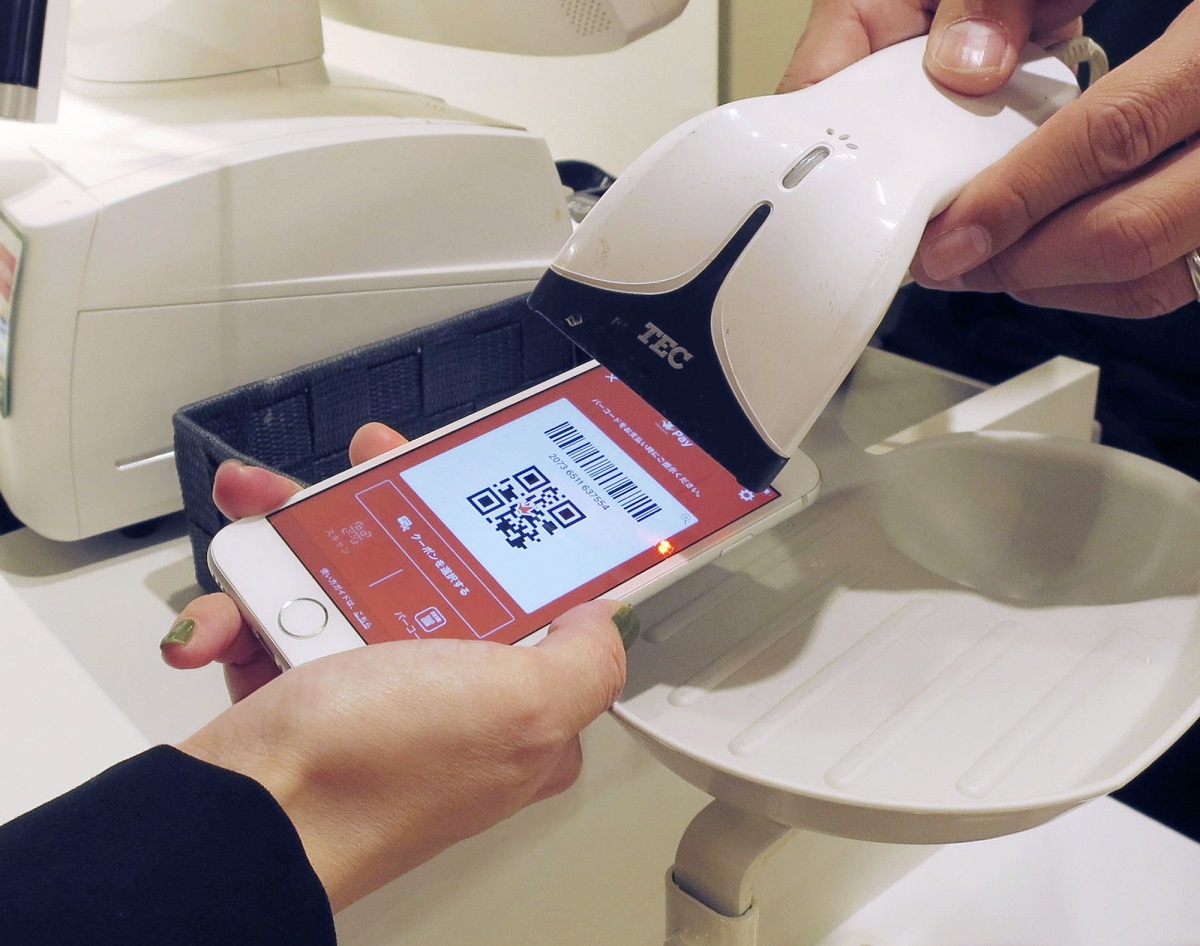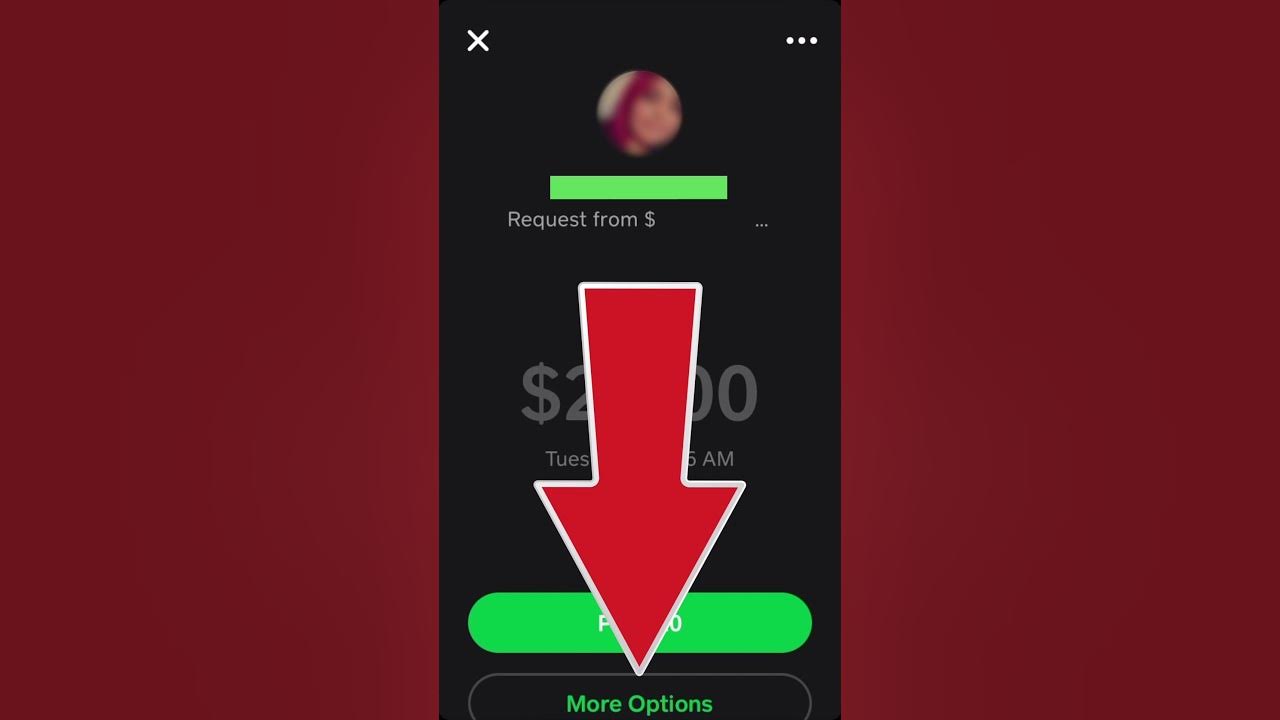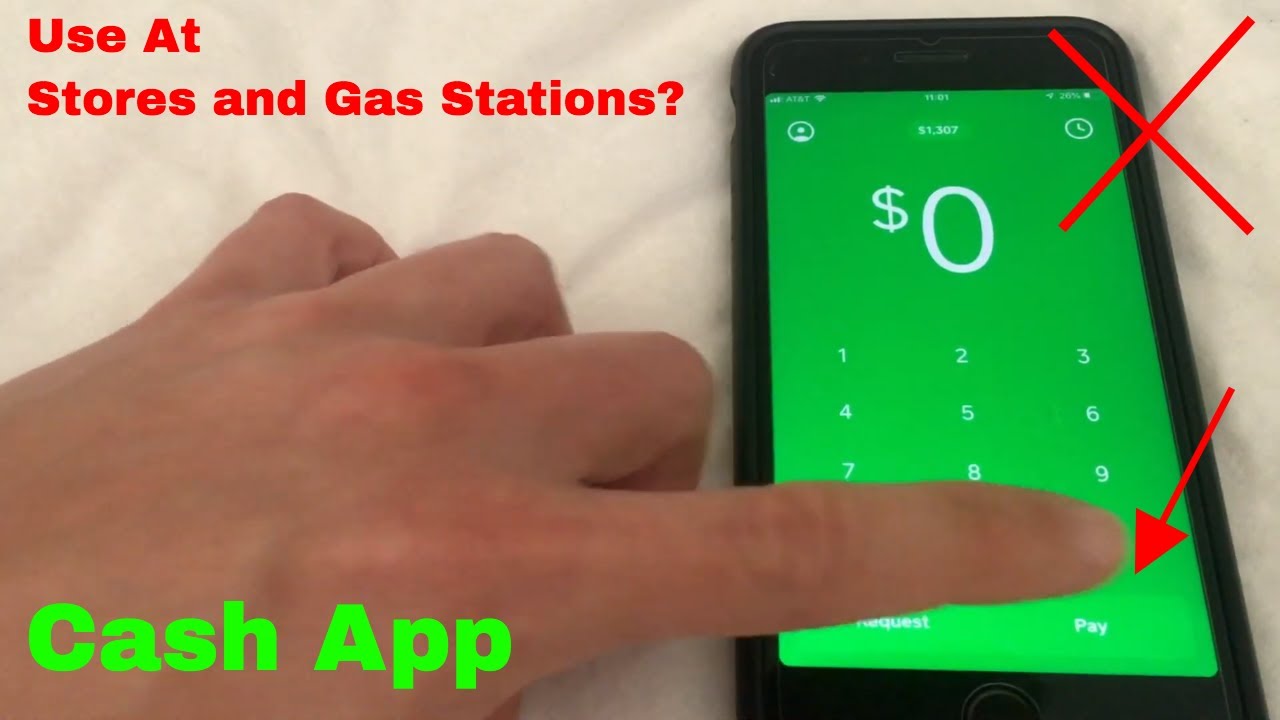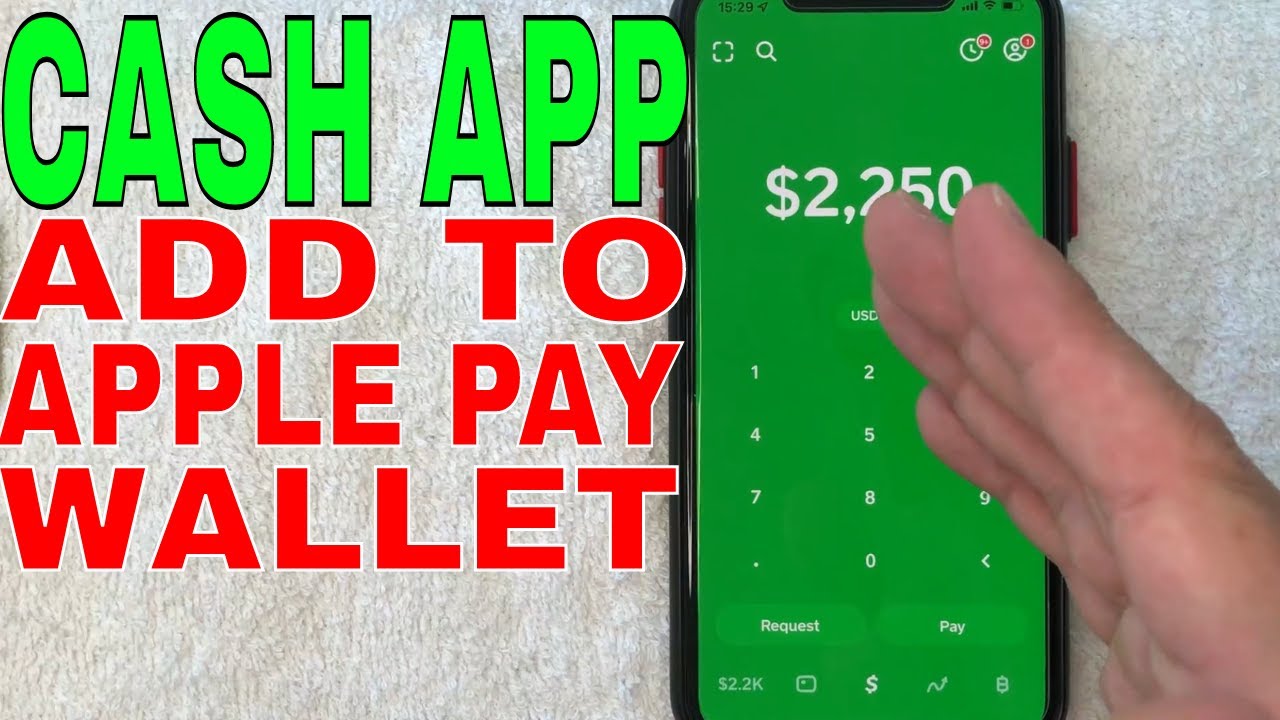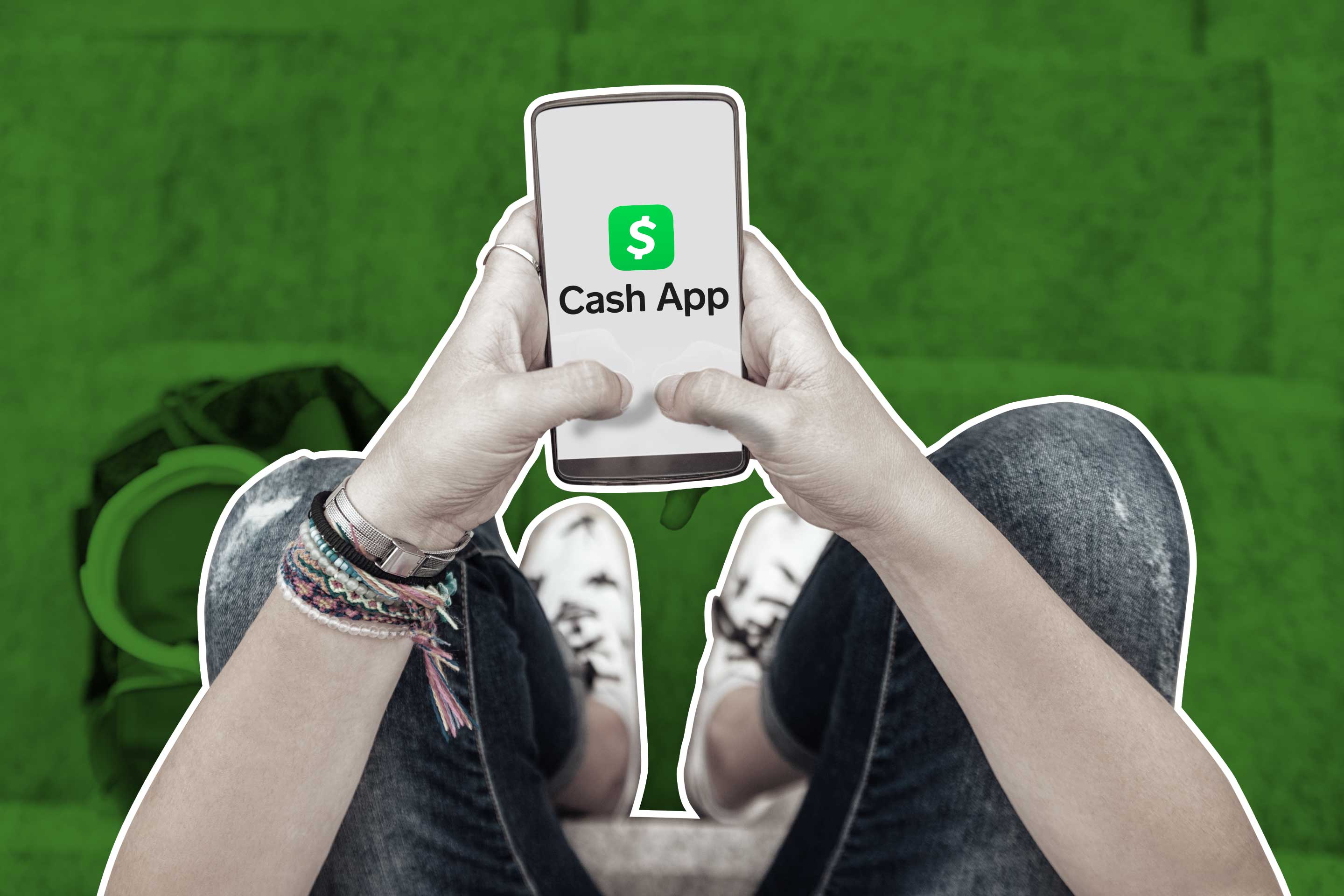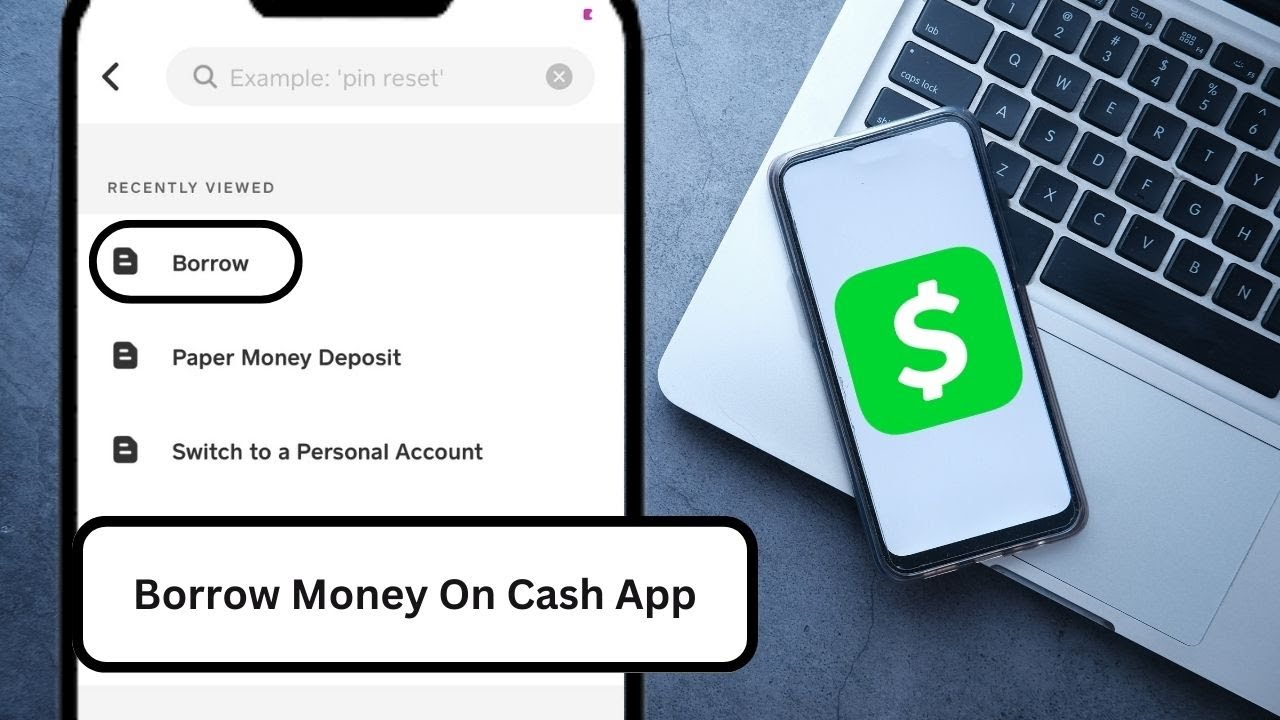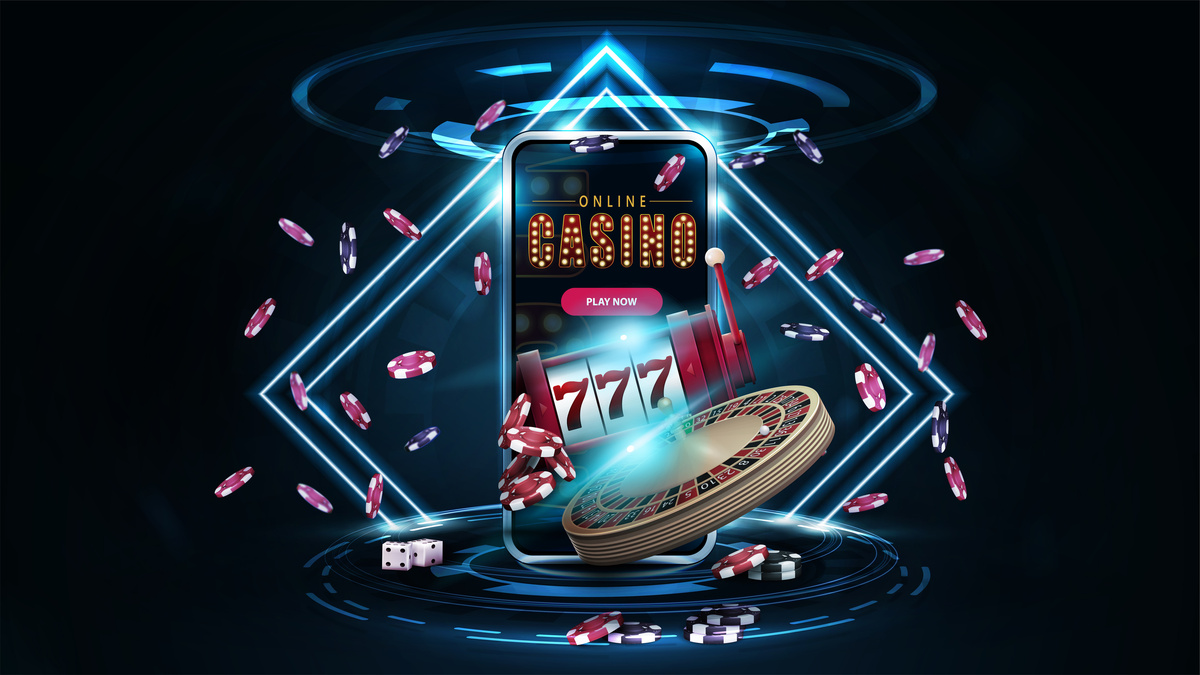What is Cash App?
Cash App is a popular mobile payment service that allows users to send and receive money from friends, family, or even businesses. It was developed by Square, a well-known financial technology company. With over millions of active users, Cash App has gained popularity due to its simplicity, convenience, and user-friendly interface.
One of the key features of Cash App is its ability to facilitate peer-to-peer transactions, making it easy to split expenses with friends or pay back borrowed money. Whether you’re splitting the bill at a restaurant, chipping in for a group gift, or reimbursing a colleague for lunch, Cash App provides a seamless way to transfer money instantly.
Cash App also allows users to buy and sell Bitcoin directly through the app. This feature has attracted cryptocurrency enthusiasts and investors who are looking for a hassle-free way to access the digital currency market.
Moreover, Cash App offers a Cash Card, which is a customizable debit card linked to your Cash App account. The Cash Card allows you to make purchases using the funds available in your Cash App balance. It can be used both online and in-person at any merchant that accepts Visa.
It’s important to note that Cash App is available in the United States, and its services are primarily focused on customers within the country. However, international transactions are limited to sending money to and from the United States.
With its user-friendly interface and diverse range of features, Cash App has become a popular choice for individuals and businesses alike. Whether you’re looking to send money to a friend, split bills with roommates, or even receive payments for your freelance work, Cash App offers a convenient and secure solution for all your payment needs.
Setting up your Cash App account
Getting started with Cash App is quick and easy. Here’s a step-by-step guide to help you set up your account:
- Download the Cash App from the App Store or Google Play Store and install it on your mobile device.
- Open the app and tap on the “Sign Up” button to create a new account.
- Enter your mobile phone number or email address and create a unique username.
- Choose a strong and secure password for your account.
- Once you’ve entered all the required information, Cash App will send you a verification code via SMS or email. Enter the code in the app to verify your account.
- Next, you’ll have the option to link a bank account or debit card to your Cash App account. This step is necessary to send and receive money.
- If you choose to link a bank account, you’ll be prompted to enter your account details, such as your account number and routing number. Cash App will securely link your bank account for seamless transactions.
- If you prefer to link a debit card, simply enter the card information, including the card number, expiration date, and CVV. Cash App will verify the card and link it to your account.
- Once your account is set up and linked to a payment method, you’re ready to start using Cash App to send and receive money.
It’s worth noting that Cash App requires users to be at least 18 years old and have a valid US-based phone number or email address. Additionally, some features may not be available to all users, depending on their location or account verification status.
Setting up your Cash App account is straightforward and can be done in just a few minutes. With your account ready, you’ll now have access to a convenient and secure platform for sending and receiving money with ease.
Linking a bank account or debit card
Linking a bank account or debit card to your Cash App account allows you to easily send and receive money. Here’s how you can link your preferred payment method:
- Open the Cash App on your mobile device and log in to your account.
- On the home screen, tap on the profile icon in the top-left corner to access your account settings.
- Scroll down and select the “Add Cash” option.
- Choose whether you want to link a bank account or a debit card to your Cash App account.
- If you select “Bank Account,” you will be asked to provide your bank account information, including the account number and routing number. Cash App will securely link your bank account for seamless transactions.
- If you choose to link a debit card, you’ll need to enter your card details, including the card number, expiration date, and CVV. Cash App will verify the card and link it to your account.
- Once you’ve entered the necessary information, Cash App will initiate the verification process. This may involve sending a small transaction to your linked account or requesting additional information to confirm your ownership.
- Once your payment method is successfully linked and verified, you can start using your bank account or debit card to send and receive money through Cash App.
It’s important to note that Cash App may charge a small fee for instant transfers from your linked bank account. If you’re in a rush, you can choose to pay the fee for quicker access to your funds. However, standard transfers to your bank account are free and usually take 1-3 business days to complete.
Keep in mind that you can link multiple bank accounts or debit cards to your Cash App account, giving you flexibility in choosing the payment method for each transaction. Simply follow the same steps outlined above to add additional payment methods to your account.
By linking a bank account or debit card, you’ll have a seamless way to send and receive money using Cash App. Whether you’re paying back a friend or receiving payment for your services, Cash App ensures quick and secure transactions through your trusted payment method.
Accepting a payment request
Cash App makes it easy to accept payment requests from friends, family, or even businesses. If someone sends you a payment request through Cash App, here’s how you can accept it:
- Open the Cash App on your mobile device and log in to your account.
- On the home screen, you’ll see the “Activity” tab at the bottom. Tap on it to view recent transactions and payment requests.
- Scroll through your activity feed to find the payment request you want to accept. Payment requests will be labeled with a dollar sign icon, along with the name or username of the requester.
- Tap on the payment request to open the details page.
- Review the request details, including the amount and the purpose of the payment. You can also leave a note for the requester if needed.
- If you’re ready to accept the payment request, tap on the “Pay” button.
- If you have sufficient funds in your Cash App account balance, the payment will be processed instantly. However, if your balance is insufficient, Cash App will give you options to add funds or choose a different payment method.
- Once the payment is confirmed, the funds will be transferred from your Cash App account to the requester’s account.
- Both you and the requester will receive a notification confirming the successful transaction.
It’s worth noting that if you receive a payment request from someone you don’t know or trust, it’s important to exercise caution. Cash App transactions are instant and irreversible, so make sure to only accept payment requests from trusted individuals or businesses. If you receive a suspicious request, it’s best to decline and report it to Cash App support for further assistance.
By following these simple steps, you can easily accept payment requests on Cash App and ensure a smooth and secure transaction experience. Whether it’s splitting a dinner bill or reimbursing a friend, Cash App provides a convenient way to accept payments with just a few taps on your mobile device.
Sending a payment request
Cash App allows users to send payment requests to friends, family, or even clients for quick and convenient transactions. Here’s how you can send a payment request through Cash App:
- Open the Cash App on your mobile device and log in to your account.
- On the home screen, tap on the “$” icon at the bottom center of the app. This will take you to the payment screen.
- Enter the amount you want to request from the recipient. You can also add a note to provide additional details about the payment.
- Specify the recipient by entering their phone number, email address, $Cashtag (a unique identifier for Cash App users), or by selecting them from your contact list.
- Review the details of the payment request, ensuring that the amount and recipient information are accurate.
- If everything looks correct, tap on the “Request” button to send the payment request.
- The recipient will receive a notification on their Cash App account, indicating that you have sent them a payment request.
- If the recipient has the sufficient funds in their Cash App account, they can choose to accept the request and complete the payment instantly.
- Once the recipient approves the payment request, you will receive a notification confirming the successful transaction.
It’s important to note that payment requests made on Cash App are not automatically deducted from the sender’s account. The recipient has the option to accept or decline the request, ensuring that they have control over their financial transactions.
Cash App also provides the option to send reminders for pending payment requests. If the recipient hasn’t responded or completed the payment within a designated period, you can choose to send a polite reminder to prompt them to take action.
By following these simple steps, you can easily send payment requests through Cash App and streamline your transaction process. Whether you’re collecting funds for a shared expense or invoicing a client, Cash App offers a convenient and hassle-free method for requesting payments with just a few taps on your mobile device.
Withdrawing funds from your Cash App account
With Cash App, you can easily withdraw funds from your account and transfer them to your linked bank account. Here’s how you can withdraw your money:
- Open the Cash App on your mobile device and log in to your account.
- On the home screen, tap on the “Balance” tab at the top of the app. This will display your available balance.
- Below your balance, tap on the “Cash Out” option.
- Enter the amount you want to withdraw from your Cash App account. You can also choose to select the “Max” button to withdraw your entire available balance.
- Tap on the “Cash Out” button to initiate the withdrawal process.
- Choose whether you want to transfer the funds to your linked bank account or to your Cash Card balance.
- If you select your linked bank account, Cash App will prompt you to confirm the withdrawal and enter your Cash App PIN or use Touch ID/Face ID for verification purposes.
- Once the withdrawal request is confirmed, Cash App will initiate the transfer. The funds will typically reach your bank account within 1-3 business days.
It’s important to note that Cash App may charge a fee for instant withdrawals to your bank account. If you’re in a hurry and need immediate access to your funds, you can choose the instant withdrawal option and pay the associated fee. However, standard withdrawals are free and may take a few business days to process.
If you prefer to use your Cash App balance for purchases, you can transfer funds to your Cash Card. The Cash Card is a customizable debit card linked to your Cash App account, allowing you to make purchases online and in-person at any merchant that accepts Visa.
By providing the option to withdraw funds, Cash App gives you the flexibility to manage your money according to your needs. Whether you want to transfer funds to your bank account for easy access or utilize your Cash Card for everyday purchases, Cash App offers a user-friendly platform to meet your financial requirements.
Security and privacy tips for using Cash App
When using Cash App, it’s essential to prioritize the security and privacy of your account. Here are some tips to help you protect your information and ensure a safe user experience:
- Enable security features: Cash App provides additional security measures such as PIN codes, Touch ID, and Face ID. Enable these features to add an extra layer of protection to your account.
- Keep your login credentials secure: Choose a strong and unique password for your Cash App account. Avoid using easily guessable information, such as your name or date of birth. Regularly update your password and avoid sharing it with anyone.
- Be cautious with personal information: Avoid sharing sensitive information, such as your Social Security number or full bank account details, through Cash App. Cash App will never ask for personal information or passwords via email, text message, or phone call.
- Use secure Wi-Fi networks: When using Cash App or accessing your account, make sure to connect to secure and trusted Wi-Fi networks. Public or unsecured Wi-Fi networks can expose your information to potential security risks.
- Enable notifications: Activate notifications for your Cash App account to receive real-time updates on transactions and account activity. This way, you can quickly identify any suspicious or unauthorized transactions.
- Update your app regularly: Keep your Cash App up to date by installing the latest updates from the App Store or Google Play Store. These updates often include important security fixes and enhancements.
- Monitor your account regularly: Regularly review your transaction history and account activity to ensure there are no unauthorized or suspicious transactions. If you notice any unfamiliar activity, report it to Cash App support immediately.
- Be wary of scams and phishing attempts: Be cautious of fraudulent messages or requests asking for your Cash App login credentials or personal information. Cash App will never request sensitive information through email, text message, or phone call. If you receive suspicious messages, report them to Cash App support.
- Set up account alerts: Take advantage of Cash App’s account alert features to receive notifications for various account activities, such as when a payment is received or when a withdrawal is made. This can help you stay informed about the activity on your account.
By following these security and privacy tips, you can enhance the safety of your Cash App account and protect your personal and financial information. Remember to stay vigilant, exercise caution when sharing information, and report any suspicious activity to Cash App support for assistance.
Troubleshooting common payment issues
While Cash App strives to provide a seamless payment experience, occasionally, you may encounter some issues. Here are a few common payment issues and troubleshooting steps to resolve them:
- Payment declined: If your payment is declined, it could be due to insufficient funds in your Cash App account or an issue with your linked payment method. Make sure you have enough funds or verify that your bank account or debit card is active and not expired.
- Failed or canceled payment: If a payment fails or is canceled, double-check if the recipient’s information is correct. You can also contact the recipient to ensure they have not blocked or declined the payment request.
- Transaction pending: If a transaction is stuck in a pending state, it may be due to a temporary issue with the Cash App servers or your internet connection. Wait for a few minutes and check if the transaction goes through. If the issue persists, contact Cash App support for assistance.
- Incorrect payment amount: If you entered the wrong payment amount, it’s crucial to address it promptly. Reach out to the recipient and explain the situation. If the recipient agrees, cancel the payment request and send a corrected payment with the accurate amount.
- Paying the wrong recipient: If you accidentally send money to the wrong recipient, contact Cash App support immediately. They may be able to assist you in retrieving the funds or provide guidance on the next steps to take.
- Delayed or missing funds: If you experience a delay in receiving funds or if they are missing from your account, ensure that the sender has successfully completed the transaction. If the issue persists, reach out to Cash App support and provide them with relevant details for further investigation.
- Unauthorized transactions: If you notice unauthorized transactions on your Cash App account, report them to Cash App support immediately. They will guide you through the process of securing your account and investigating the fraudulent activity.
If you encounter any other payment issues that are not listed above, it’s best to reach out to Cash App support for personalized assistance. They have dedicated customer support teams to address your concerns and provide solutions to resolve payment-related issues.
Remember, staying vigilant and promptly addressing payment issues can help ensure a smooth and secure payment experience on Cash App. Keep track of your transactions, double-check payment details, and reach out to support when needed to resolve any problems that may arise.
Frequently asked questions about accepting payments on Cash App
Accepting payments on Cash App can sometimes raise questions or uncertainties. Here are some frequently asked questions to help clarify any doubts you may have:
- Can I accept payments from non-Cash App users?
Yes, Cash App allows you to accept payments from users who do not have a Cash App account. You can request payments from anyone by entering their phone number, email address, or $Cashtag. - Is it safe to accept payments on Cash App?
Cash App is designed with security in mind. It uses encryption and other measures to protect your personal and financial information. However, it’s essential to be cautious and only accept payment requests from trusted individuals or businesses. - What happens if I decline a payment request?
If you decline a payment request on Cash App, the requester will be notified, and they will have to send a new request if they still wish to transfer the funds. - Can I customize the payment request amount?
Yes, Cash App allows you to customize the payment amount when sending a payment request. This allows you to specify the exact amount you need to receive from the other party. - Can I cancel a payment request?
Yes, you can cancel a payment request on Cash App. Simply go to the “Activity” tab, find the payment request, and tap on it. From there, you will have the option to cancel the request before it is accepted or declined by the recipient. - What happens if the recipient does not accept my payment request?
If the recipient does not accept your payment request, the funds will not be transferred. You may choose to send them a reminder or discuss alternative payment methods with them. - Is there a fee for accepting payments on Cash App?
Cash App does not charge a fee for accepting payments. However, there may be fees for certain instant transfers or for using certain features like the Cash Card. Review the Cash App terms and fees for more details. - Can I accept payments in a currency other than USD?
Cash App primarily operates in USD, so payments will be processed in USD. You may incur currency conversion fees if funds are sent or received in a different currency. - Can I refund a payment I have already accepted?
Yes, you can refund a payment that you have previously accepted on Cash App. Simply find the transaction in your activity feed, tap on it, and select the “Refund” option. The refunded amount will be returned to the sender’s account.
These frequently asked questions address common concerns and provide clarity on the process of accepting payments on Cash App. If you have additional questions or encounter specific scenarios not covered here, feel free to reach out to Cash App support for further assistance.







